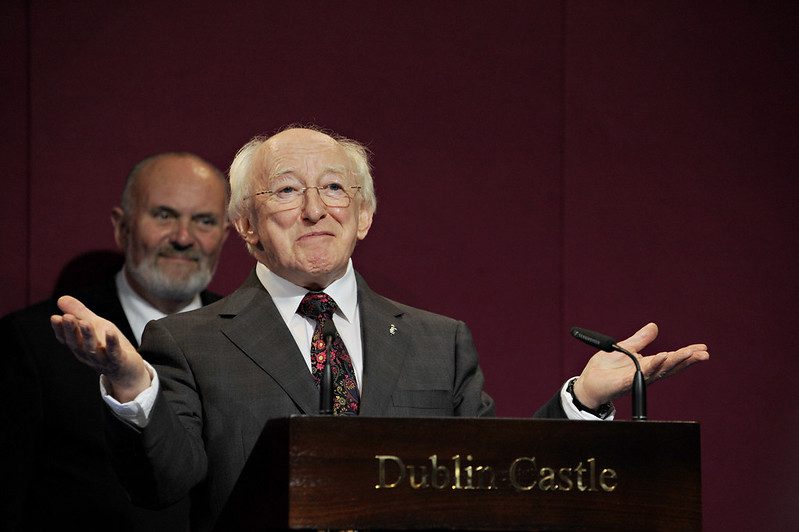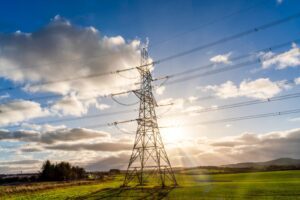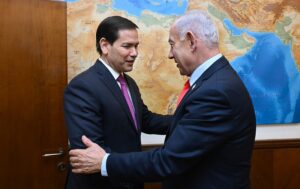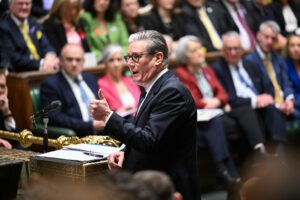On Friday, October 24th, voters across Ireland will head to the polls to elect the tenth President of Ireland.
The role was established in 1938, with Douglas Hyde becoming the first President. Since then, there have been nine presidents, from Sean T O’Kelly to Patrick Hillery, and most recently Michael D. Higgins, who is stepping down after a 14-year term.
Who’s Vying for the Presidency?
After a series of television debates, nominations, and even an attempt from Riverdance star Michael Flatley as well as Conor Mcgregor, the list of candidates has been narrowed to two. However, an extra name will still appear on the ballot paper.
Independent TD (equivalent to an Independent MP) Catherine Connolly was the first candidate to secure the required support. She has garnered backing from a coalition of left-leaning parties, including People Before Profit-Solidarity, the Social Democrats, the Labour Party, the Green Party, and Sinn Féin.
Heather Humphreys is the Fine Gael candidate, having secured the support of Fine Gael TDs, senators, and MEPs. Fine Gael is a major party within Ireland’s current governing coalition, led by Taoiseach Simon Harris. The centre-right party’s agenda focuses on boosting social support, maintaining fiscal discipline, reforming immigration, and ensuring Ireland meets its 2030 climate goals.
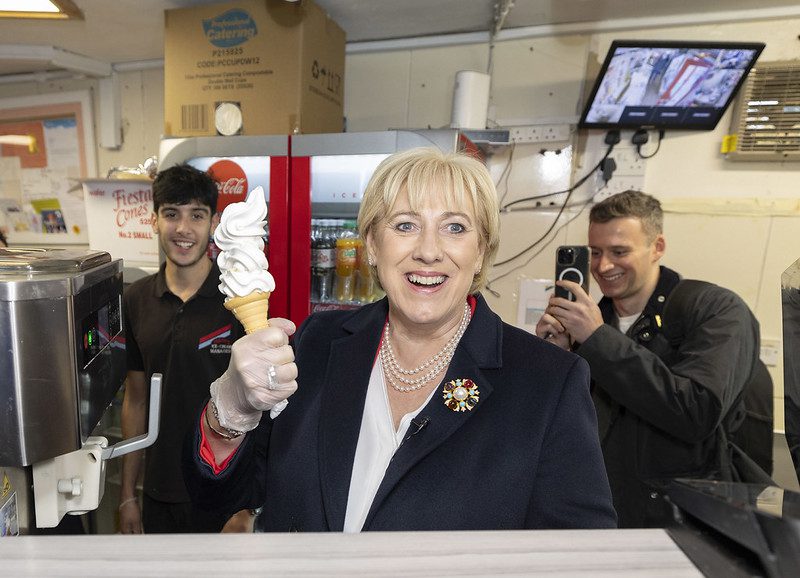
Image: Presidential Candidate Heather Humphreys canvassing in Dún Laoghaire – Fine Gael / Dún Laoghaire
Former Dublin GAA (Gaelic Athletic Association) Manager Jim Gavin defeated MEP Billy Kelleher in Fianna Fáil’s party vote to become their candidate. However, in a surprise announcement during the campaign, Gavin withdrew from the contest. As his announcement came after nominations closed, his name will still appear on the ballot paper. Fianna Fáil is a centre/centre-right party currently sharing power with Fine Gael and the Green Party in government, making the lack of a presidential candidate a significant loss for them.
The Pathway to Presidency
Potential candidates had two routes to get on the ballot: securing the support of at least 20 members of the Oireachtas (TDs and senators) or the backing of four local authorities, including county or city councils.
Former or outgoing presidents can run again and nominate themselves. However, once a second term ends, the president must leave the role due to term limits. Michael D. Higgins was required to leave office in November after serving two consecutive terms from 2011-2025.
The Election Process
On October 24th, voting will take place by secret ballot at polling stations across Ireland from 7 am to 10 pm.
Counting will begin at 9 am on Saturday, October 25th. Papers will be sorted according to first-preference votes. The number of first-preference votes recorded for each candidate will be tallied, and the returning officer will then calculate the quota.
The quota is 50% of valid votes plus one. If a candidate receives a number of votes equal to or greater than the quota, they are declared elected.
If no candidate reaches the quota, the candidate with the lowest number of first preferences is excluded, and their votes are transferred to their next preference.
A result could be known as early as Saturday evening, but if a second count is required, the result may not be known until Saturday night or even Sunday morning.
Welcoming Ireland’s Next President
President Higgins’ term will conclude at 11:59 pm on Monday, November 10th, just over three weeks after the expected confirmation of the election results.
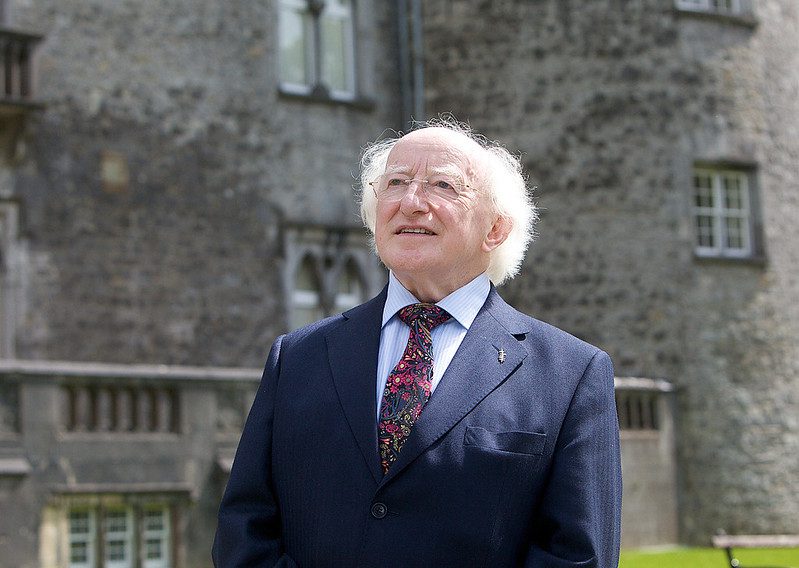
Image: Outgoing President Michael D. Higgins – The Irish Labour Party
The new president will be inaugurated at a ceremony typically beginning at lunchtime the following day. The inauguration will take place in St. Patrick’s Hall in Dublin Castle.
The president-elect administers the oath and is then formally sworn into office by the Irish Chief Justice, a position currently held by Donal O’Donnell.
The Taoiseach will then give a speech, followed by the president-elect’s maiden speech.
How Could the Candidates Change Ireland?
The two candidates offer contrasting visions for Ireland’s future. Fine Gael’s candidate, Heather Humphreys, is campaigning on themes of Community, Unity, and Opportunity. She pledges to build bridges between nationalist and unionist communities and to honor local volunteers and grassroots organizations.
She also promises to support the most vulnerable with increased pension/disability payments and expanded free travel passes. Humphreys has placed rural areas at the heart of her campaign, pledging development, investment, and renewal for town centers.
On an international level, she has affirmed her support for Irish neutrality but has questioned elements of the “triple lock” for deploying troops abroad, which requires UN, Irish government, and Irish parliament approval.
The Independent candidate, Catherine Connolly, launched her campaign with the message of empowering people, encouraging them “to find their own voices and make this country live up to its name, the Republic.”
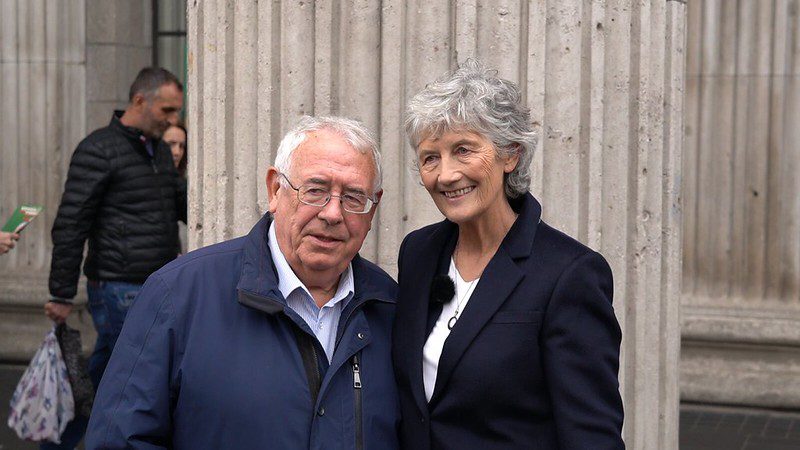
Image: Independent Candidate Catherine Connolly and Former Irish Labour Party Politician Joe Costello – Irish Labour Party
Some of Connolly’s key policies include a focus on combating climate change and opposing the normalization of war/violence, with a particular emphasis on the situation in Israel/Palestine.
In a unique stance, she aims to expand the role of the presidency beyond purely ceremonial, making it a more active moral and ethical voice in society.
She supports the goal of a United Ireland, emphasising that it should be built with the consent and support of all communities.
This election signifies a monumental change for Ireland after 14 years of Michael D. Higgins’ presidency. While the identity of the tenth President remains unknown, it is clear that significant changes may be on the horizon.
Featured Image via Irish Labour Party

